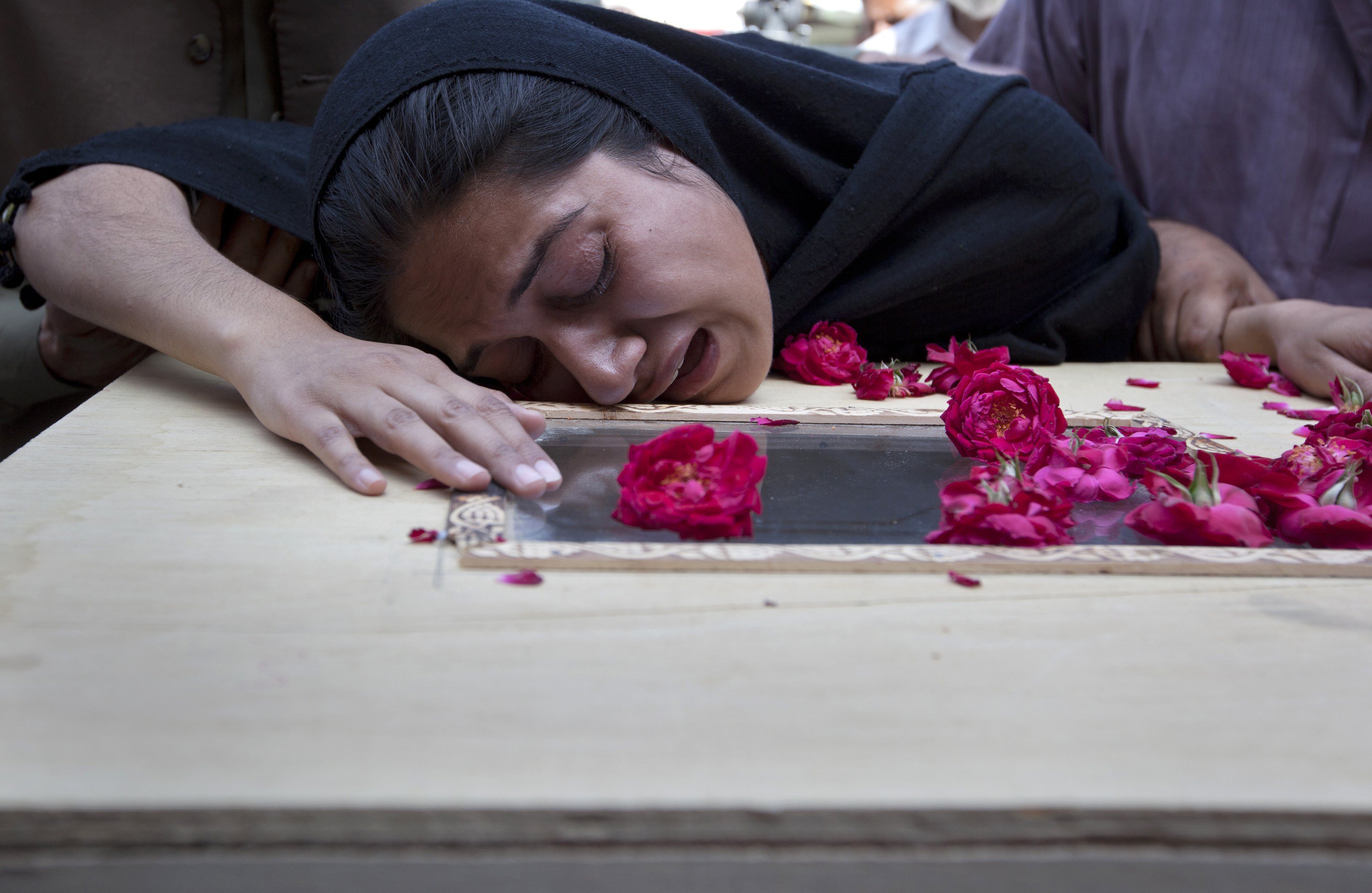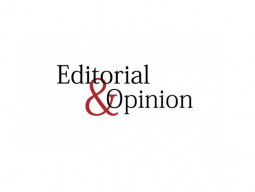
The first obvious target in the investigation into the crash will be Bhoja Air itself. The airline had only resumed operations last month after a decade-long hiatus. It needs to be ascertained if this airplane should have been in the skies in the first place. Media reports indicate that it was over 40 years old and knowing as we do the shortcuts that are taken in this industry — indeed the country as a whole — there can be no guarantee that the aircraft was properly maintained. The age and experience of the pilot, too, needs to be investigated. Stormy weather can always be a major risk for an aircraft but experienced pilots have the ability to skilfully navigate treacherous conditions. At the same time, each and every aircraft in Bhoja Air’s fleet needs to be thoroughly checked to see if they meet safety standards. Until then, it would be best to suspend the airline’s operations. Any financial losses Bhoja Air suffers pale in comparison to the risk those airplanes may pose to the flying public. Putting Farooq Bhoja, the head of Bhoja Air, on the exit control list and conducting an investigation that is thorough and far-reaching would be a start but the government must show that this is not a mere public relations exercise.
The next obvious avenue of investigation is the Civil Aviation Authority (CAA). As the main regulatory body of the industry, it is the CAA’s job to carry out an impartial investigation. We hope that this will be the case, but the CAA’s role does not stop with simply dealing with the aftermath of a plane crash. It is the job of the regulatory body to ensure safety on all aircraft to minimise the chances of such crashes in the first place. There is reason to believe that the CAA may have failed on this account. For one, it is mainly staffed by former employees of the airlines themselves, creating an undeniable conflict of interest. Then, the performance of the CAA in investigating the Airblue crash two years ago was also not up to the standards one expects from a regulator. That crash was blamed entirely on pilot error, in a report so shoddy and erroneous, that the Peshawar High Court rejected it and had to demand a new report that used impartial international experts only.
This time around, more information needs to be shared with the public about the circumstances of the crash. With the Airblue crash, we were never allowed access to the full transcript of the cockpit voice recorder and the digital flight data recorder. Since both the airlines and the regulatory authority are trusted by no one, such transparency is essential to ensure an investigation that has the confidence of the public.
Ultimately, the Courts too will have to get involved. Justice needs to be done at both the emotional level, by providing families of the crash victims’ closure through an impartial investigation, as well as the financial level, to compensate those who lost bread-earners and loved ones. After its crash, Airblue only gave compensation to those who promised not to pursue further legal action against the airline. The Courts cannot allow similar agreements now. In the end, it may be up to the judiciary to ensure that we get answers and not another cover-up.
Published in The Express Tribune, April 22nd, 2012.



















COMMENTS
Comments are moderated and generally will be posted if they are on-topic and not abusive.
For more information, please see our Comments FAQ